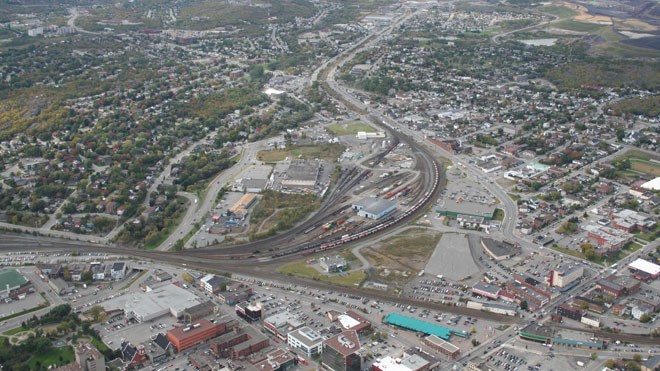Rural areas are the backbone of the north, but they are falling behind when it comes to education and economic potential, says Bakhtiar Moazzami, an economics professor at Lakehead University.
In a recent report for the Northern Policy Institute, Moazzami concluded that Northern Ontario's rural population is in decline, and due to less access to education, could miss out on future economic opportunities.
“By 2030, 80 per cent of jobs will require some kind of post-secondary education,” Moazzami said.
But in northeastern Ontario, around 26 per cent of adults from rural areas don't have a high school diploma.
Without better access to education, he said, many people in rural areas won't benefit from any future wealth derived from natural resources near their communities.
Like most of the developed world, Northern Ontario has seen more urbanization, said Moazzami.
In 2001 the northeast's urban population was 361,435 and the rural population was 183,000.
In 2011, the urban population increased to 372,692, but the rural population declined to 178,000.
If the current trend continues – where the birthrates remain low and the northeast struggles to attract and retain immigrants – the urban population is expected to decline to 365,000 by 2025, and the rural population will fall more sharply to 157,000 by the same year.
But the connections between rural and urban communities in the northeast, said Moazzami, are at least stronger than in northwestern Ontario, where 15 per cent of rural communities are considered to be “very remote”, compared to three per cent in the northeast.
Stronger links between rural and urban communities in the northeast make it easier for rural communities to improve their “human capital”, which relates to the level of educational attainment by people living in a community, Moazzami said.
Join Sudbury.com+
- Messages
- Post a Listing
- Your Listings
- Your Profile
- Your Subscriptions
- Your Likes
- Your Business
- Support Local News
- Payment History
Sudbury.com+ members
Already a +member?
Not a +member?
Sign up for a Sudbury.com+ account for instant access to upcoming contests, local offers, auctions and so much more.
